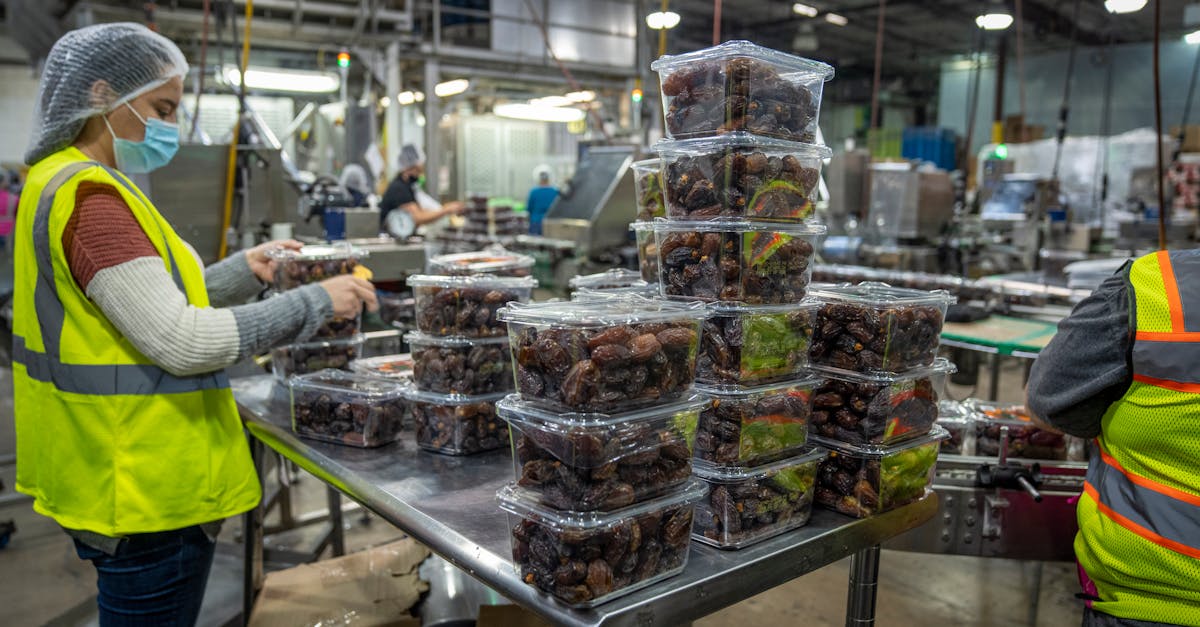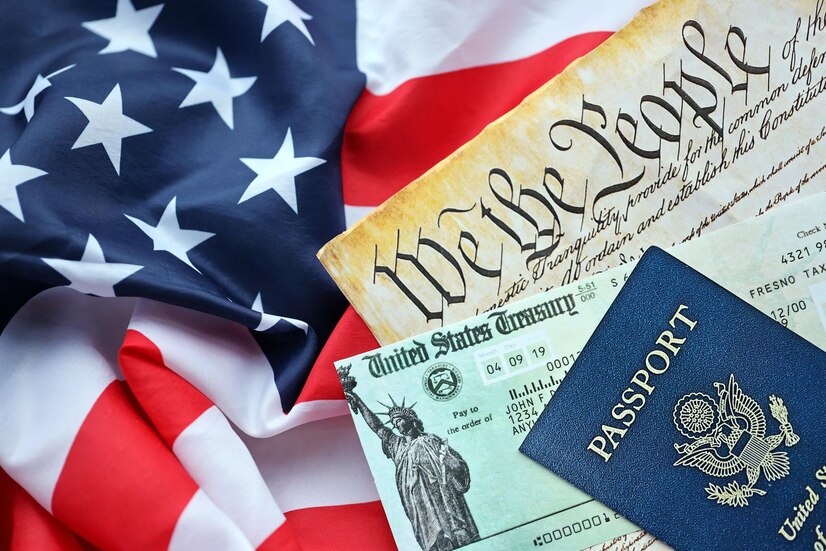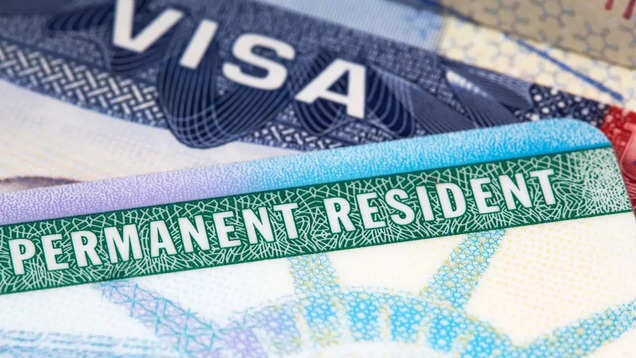The United States offers diverse work opportunities for individuals from around the world. However, navigating the process of legally working in the U.S. can be complex. This article addresses frequently asked questions to help you understand the basics of employment in the U.S., relevant visa options, and legal considerations.
1. What Visas Allow You to Work in the United States?
To work in the U.S., you typically need a visa that authorizes employment. Common options include:
- H-1B Visa: For specialty occupations requiring specialized knowledge and a degree.
- L-1 Visa: For employees transferring within multinational companies.
- O-1 Visa: For individuals with extraordinary abilities in their field.
- E-2 Visa: For investors or entrepreneurs from treaty countries.
- Temporary Work Visas: Such as H-2A (agricultural work) and H-2B (non-agricultural work).
Each visa has specific requirements, application processes, and employer sponsorship obligations.
2. Can International Students Work in the U.S.?
International students on F-1 visas can work under certain conditions:
- On-Campus Employment: Limited to 20 hours per week during the semester.
- Optional Practical Training (OPT): Temporary work related to the student’s major.
- Curricular Practical Training (CPT): Work integrated into the academic curriculum.
Students should consult their designated school official (DSO) before starting any employment.
3. What Are Employment Authorization Documents (EADs)?
The EAD, issued by U.S. Citizenship and Immigration Services (USCIS), allows individuals in specific visa categories or statuses to work. For example:
- Asylum seekers.
- DACA recipients (Deferred Action for Childhood Arrivals).
- Certain adjustment-of-status applicants.
EADs are typically valid for one year and may be renewed depending on eligibility.
4. Do You Need a Job Offer Before Applying for a Visa?
For most work visas, such as the H-1B or L-1, a job offer from a U.S. employer is required. The employer typically files a petition with USCIS on your behalf. However, some categories, like the EB-1 visa for extraordinary abilities, may not require a specific job offer.
5. What Are the Labor Certification Requirements?
Certain visas, such as the EB-2 and EB-3 employment-based green cards, require a PERM labor certification. This process ensures:
- No qualified U.S. workers are available for the position.
- Employing a foreign worker will not negatively impact wages or working conditions of U.S. workers.
The Department of Labor oversees this certification process.
6. Are There Restrictions on Work for Dependents of Visa Holders?
Dependents of visa holders may qualify for limited employment:
- H-4 Visa: Spouses of H-1B visa holders can work if the H-1B holder has begun the green card process.
- L-2 Visa: Spouses of L-1 visa holders are eligible for unrestricted work authorization.
Dependent children are generally not permitted to work.
7. How Does U.S. Employment Law Protect Workers?
U.S. labor laws ensure fair treatment and protections for all workers, including foreign nationals:
- Wages: Employers must pay at least the federal minimum wage.
- Workplace Safety: OSHA regulations mandate safe working conditions.
- Discrimination: Employers cannot discriminate based on race, nationality, gender, or immigration status.
Employers sponsoring foreign workers must comply with additional regulations, such as maintaining records for sponsored employees.
8. What Are the Steps to Apply for a Work Visa?
The process varies depending on the visa category but generally includes:
- Securing a job offer from a U.S. employer (if required).
- Employer filing a petition with USCIS.
- Attending a visa interview at a U.S. embassy or consulate.
- Receiving your visa and entering the U.S. under its terms.
Processing times and fees vary based on the visa type.
9. Can Undocumented Immigrants Work in the U.S. Legally?
Undocumented individuals are not authorized to work in the U.S. under federal law. Programs like DACA may grant temporary work authorization, but recipients must meet specific criteria and renew their status regularly.
10. Are There Pathways to Permanent Residency Through Work?
Employment-based green cards provide a route to permanent residency. Categories include:
- EB-1: For individuals with extraordinary abilities, outstanding professors, or multinational executives.
- EB-2: For professionals with advanced degrees or exceptional abilities.
- EB-3: For skilled workers, professionals, and some unskilled laborers.
Each category has distinct requirements and may involve long waiting times depending on the applicant’s country of origin.
11. Can You Change Employers While on a Work Visa?
Some visas, such as the H-1B, are employer-specific. To switch employers, you must:
- Ensure the new employer files a transfer petition.
- Continue to meet all visa conditions.
Unauthorized employment or gaps between jobs can jeopardize your status.
12. How Can You Stay Updated on U.S. Work Visa Policies?
Immigration policies and work visa regulations frequently change. Stay informed through:
- The USCIS and Department of State websites.
- Legal newsletters or updates from reputable immigration law firms.
- Consulting an immigration attorney for personalized advice.
Understanding U.S. employment opportunities and immigration laws can make the process smoother and improve your chances of success. For personalized assistance, consult an experienced immigration attorney to address your unique circumstances.



